Paoay's Guling-Guling Festival 2017
A Celebration of Culture and Heritage in Paoay, Ilocos NorteGuling-Guling Festival: A Celebration of Culture and Heritage in Paoay
The town of Paoay, in the Province of Ilocos Norte in the northern Philippines, is renowned for its rich cultural history and heritage. One of the town’s most anticipated events, the Guling-Guling Festival, stands as a unique and vibrant reflection of local traditions.
Held annually (it’s a moveable date) every Shrove Tuesday (also known as Fat Tuesday, Shrovetide, or Mardi Gras ) the day before Ash Wednesday, this festival holds a deep cultural and spiritual significance for the residents of Paoay.
The Guling-Guling Festival is not just a display of festive spirit but a celebration of history, faith, and community.
I would like to thank Bernard Joseph Esposo Guerrero, Paoay Tourism Officer, for inviting me to join and witness this one of a kind festival in the town of Paoay Ilocos Norte, Philippines.

Origins and Meaning of Guling-Guling
The name “Guling-Guling” comes from the Ilocano word guling, which means “to smear” or “to mark.” During the festival, participants have their foreheads marked with white crosses made from powdered rice, symbolising cleansing and blessings. The tradition is linked to the observance of the Catholic Church’s pre-Lenten rites, where the faithful undergo a symbolic cleansing before entering the solemn period of Lent.
Introduced by the Spanish, the Guling-Guling Festival became a way for the local community to blend their indigenous practices with the Catholic faith.
Legend has it that the festival was created to give the people of Paoay a joyful, final celebration before the austerity of Lent, where merrymaking would take a backseat to fasting and reflection.
Over the centuries, the event has evolved into a showcase of Paoay’s cultural identity, blending pre-colonial customs with Spanish religious influence.
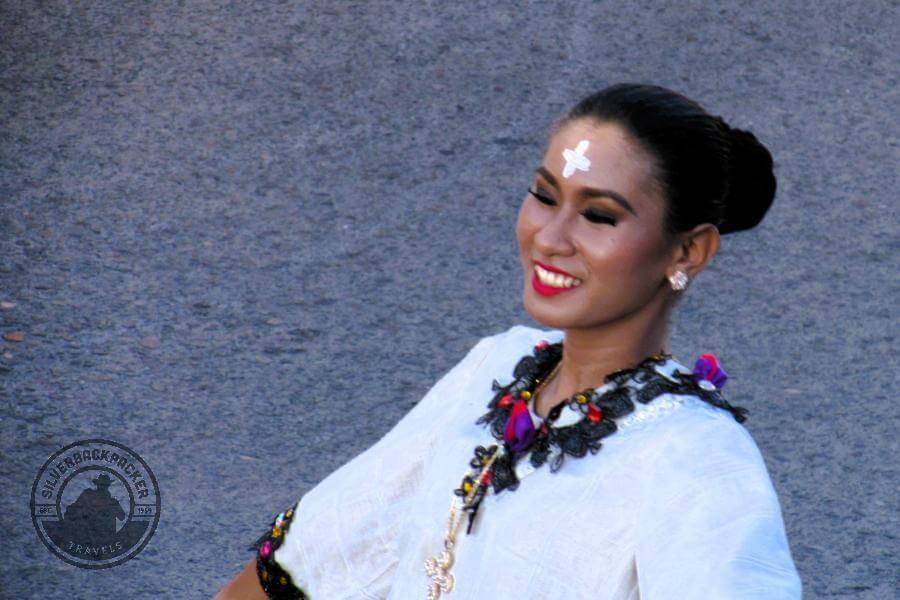
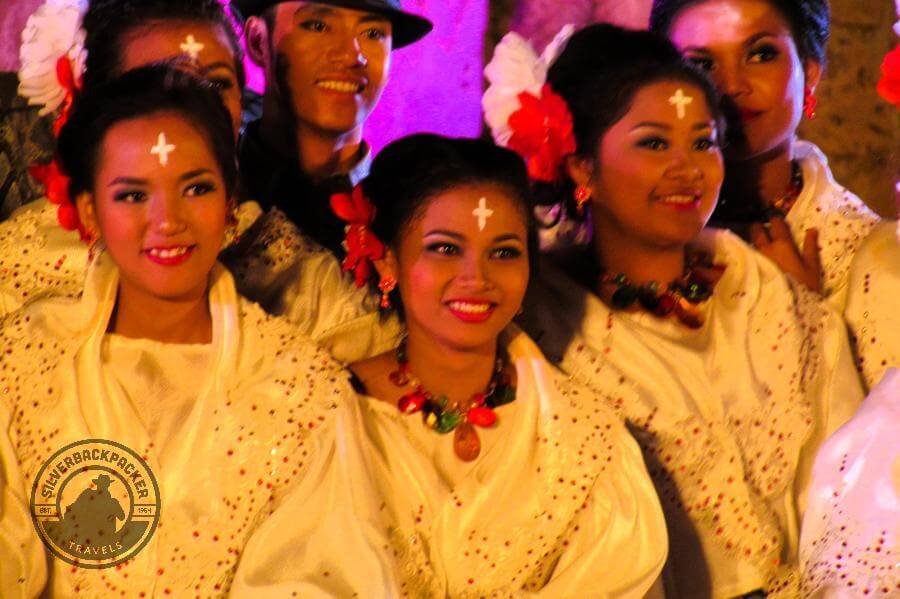
The Role of Paoay Church
At the heart of the Guling-Guling Festival is the historic Paoay Church, also known as Saint Augustine Church. In 1973, the Philippine government declared the church a National Cultural Treasure. In 1993, it was designated a UNESCO World Heritage Site as part of the Baroque Churches of the Philippines. The baroque-style church, famous for its massive buttresses, has stood as a symbol of faith in the region since the 18th century. The church plays a significant role in the festival, as it serves as the venue for many of the religious rituals and festivities.
In the days leading up to the Guling-Guling Festival, parishioners and local leaders gather at the church to pray, reflect, and ask for blessings. The spiritual preparations for the festival are just as important as the festive aspect, as residents view it as an opportunity to renew their faith and receive spiritual cleansing.
On the day of the festival, the Guling-Guling ceremony begins at the Paoay Church, where the parish priest marks the foreheads of the participants with a cross. This act is seen as both a blessing and a reminder of the coming of Ash Wednesday, which marks the beginning of Lent.
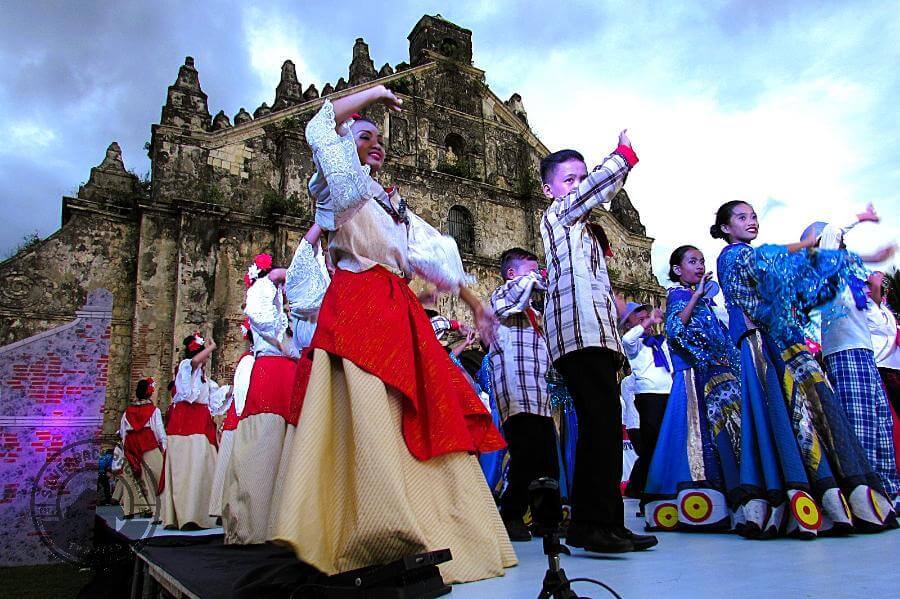
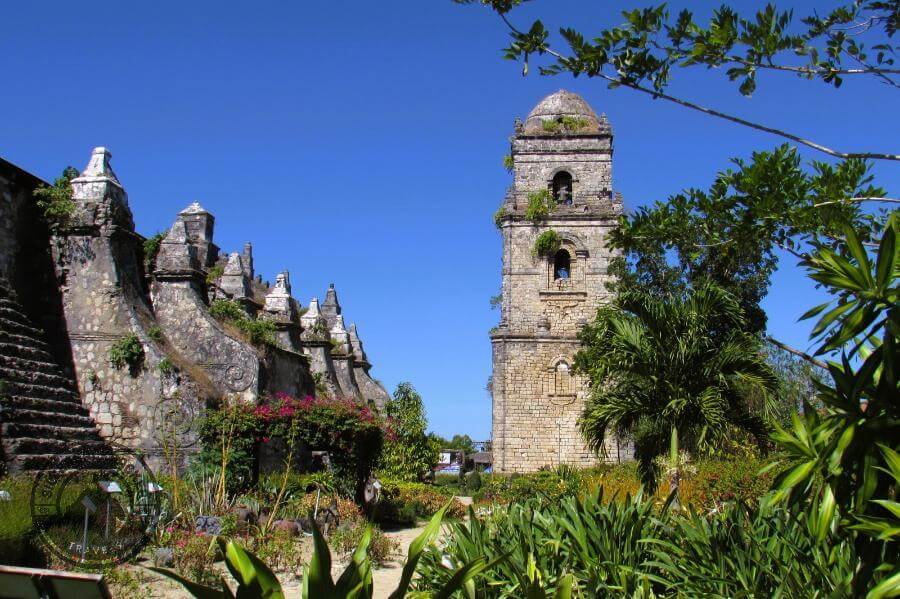
A Colourful Display of Tradition and Costume
One of the highlights of the Guling-Guling Festival is the street dancing parade, where locals, adorned in traditional Ilocano clothing, perform folk dances that have been passed down through generations. The dancers wear colourful, intricately woven garments known as abel – a type of traditional fabric handwoven in Ilocos. The use of the abel fabric during the festival is symbolic of the Ilocanos’ resilience and creativity, as the craft of handweaving has been an essential part of the region’s cultural identity for centuries.
The women wear a traditional dress called kimona or baro’t saya, while the men don barong Tagalog or camisa de chino paired with trousers. These costumes harken back to the attire worn by the early Ilocanos, offering a glimpse into the past and celebrating the continuity of cultural practices.
As the dancers move through the streets of Paoay, they perform the traditional pandanggo dance, a lively and rhythmic folk dance that involves intricate footwork and graceful arm movements. The kumintang – a rotational movement of the hands and wrists – is a notable feature of the dance, representing joy and celebration.
The music accompanying the street dancing is just as important as the dances themselves. Traditional Ilocano folk songs, often played on native instruments like gongs and kulintang, fill the air, creating an atmosphere of festivity and celebration. The lively beat of the drums and the harmonious sound of the gongs draw both locals and visitors to join in the merrymaking.
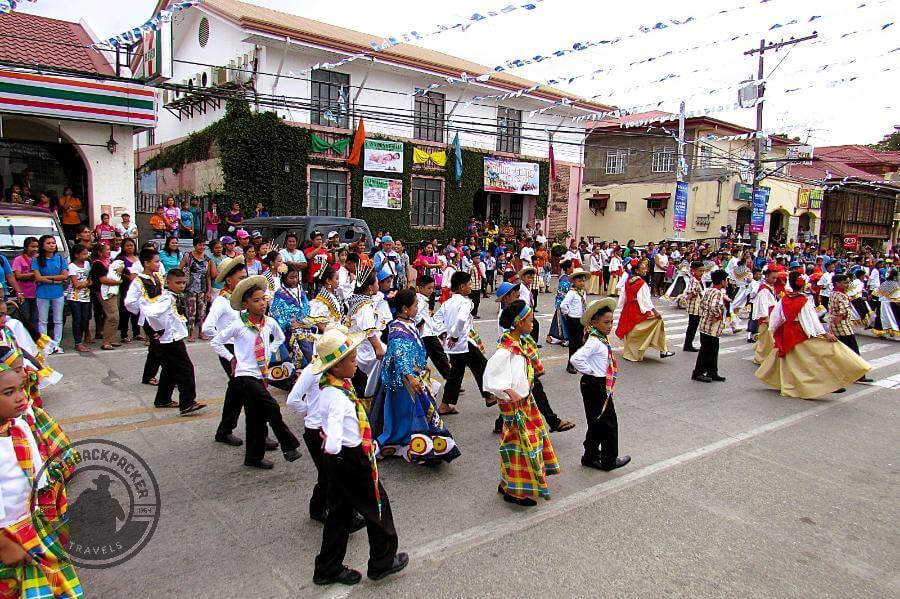
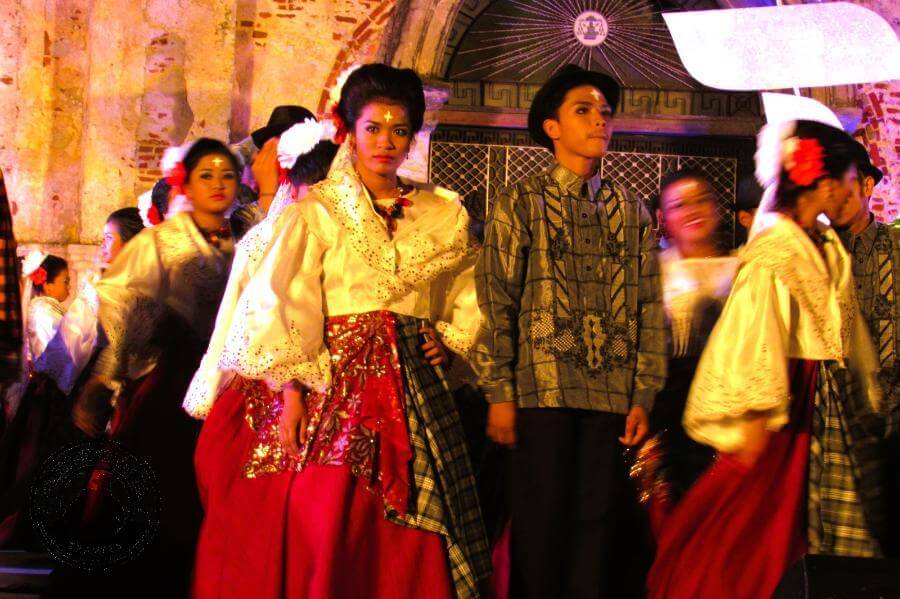
The Feast and Community Spirit
No festival in the Philippines is complete without a grand feast, and the Guling-Guling Festival is no exception. After the street dancing and other festivities, the town’s residents gather for a communal meal, sharing food that represents the local cuisine and agricultural abundance. Specialities such as bagnet (crispy fried pork), pinakbet (a vegetable stew), and empanada (a meat-filled pastry) are staples during the feast, giving visitors a taste of Ilocano culinary traditions.
The sharing of food is a reflection of the strong sense of community in Paoay. The Guling-Guling Festival is more than just a display of cultural pride; it is a time for families, friends, and neighbours to come together and strengthen their bonds. The communal feast embodies the spirit of bayanihan, a Filipino tradition of communal unity and cooperation.
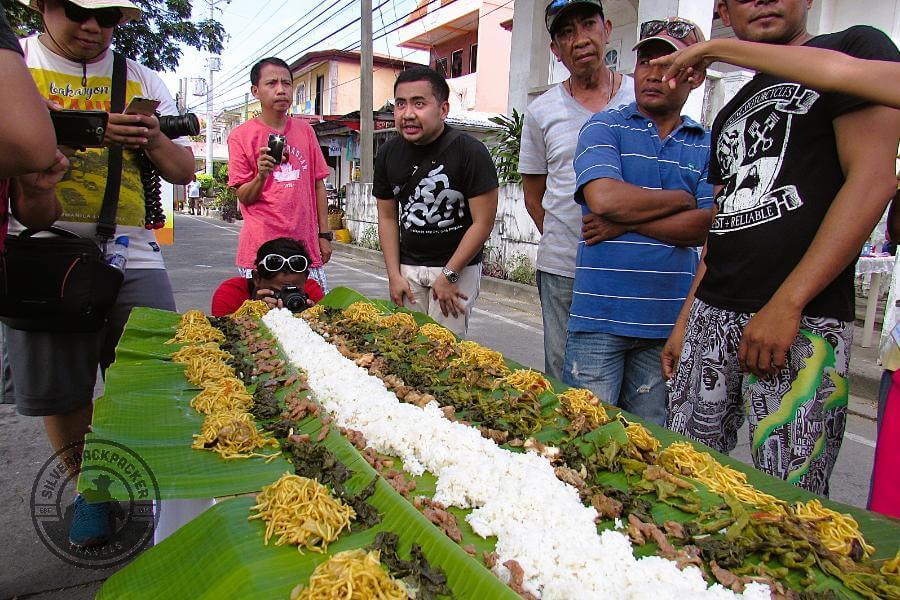
Preserving Tradition in a Modern World
As with many cultural festivals around the world, the Guling-Guling Festival faces the challenge of maintaining its authenticity amidst the pressures of modernity and commercialisation. However, the people of Paoay have remained steadfast in their efforts to preserve the core traditions of the festival. While modern elements such as beauty pageants, concerts, and tourism promotions have been added to the celebration, the religious and cultural significance of the event remains intact.
Local government initiatives have played a key role in ensuring that the Guling-Guling Festival continues to thrive. In recent years, efforts have been made to promote the festival as a tourist attraction, drawing both local and international visitors to Paoay. This influx of visitors not only provides economic benefits to the town but also raises awareness of the importance of preserving Ilocano heritage.
However, for the residents of Paoay, the Guling-Guling Festival is more than just an event for tourists. It is a deeply personal celebration that connects them to their ancestors, their faith, and their identity as Ilocanos. The festival serves as a reminder of the enduring values of community, spirituality, and cultural pride that define the town of Paoay.
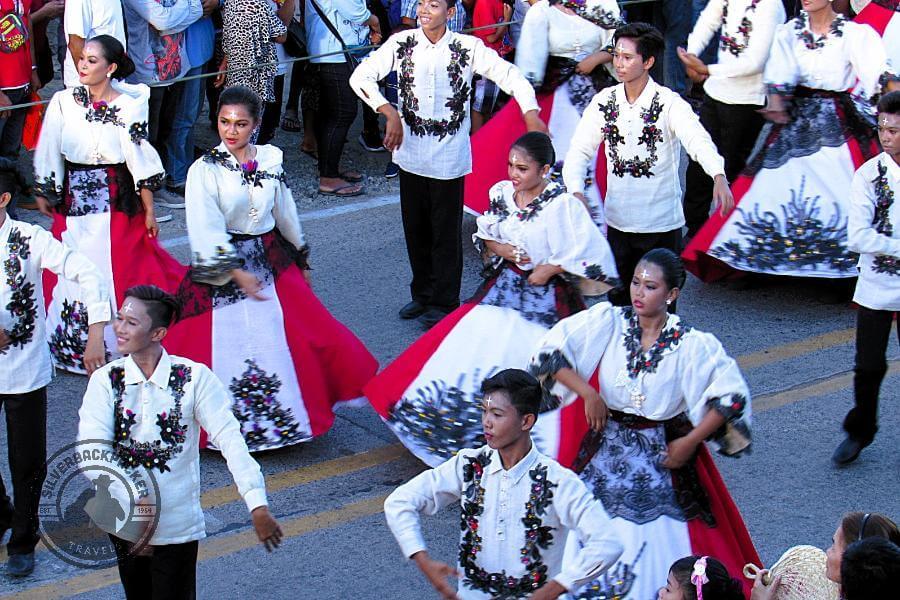
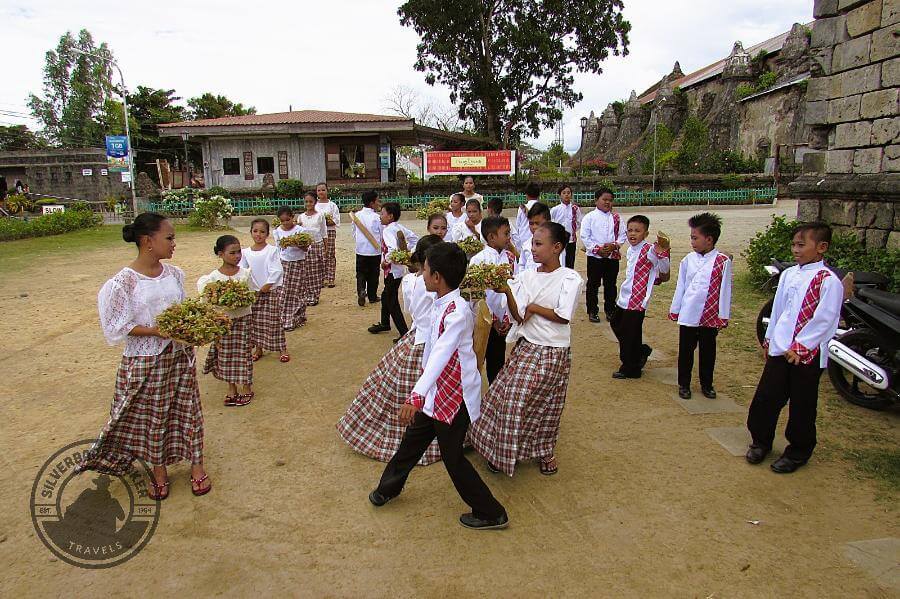
The Guling-Guling Festival is a celebration of Paoay’s rich history, blending centuries-old traditions with the Catholic faith. It is an event that showcases the vibrancy of Ilocano culture through dance, music, food, and religious rituals. For the people of Paoay, the festival is a time for spiritual renewal and communal unity, offering a joyful celebration before the solemnity of Lent.
As the town continues to embrace the future, the Guling-Guling Festival remains a beacon of cultural preservation and a testament to the enduring spirit of the Ilocano people.
In the heart of Paoay, where history and heritage intertwine, the Guling-Guling Festival stands as a proud symbol of resilience, faith, and community.
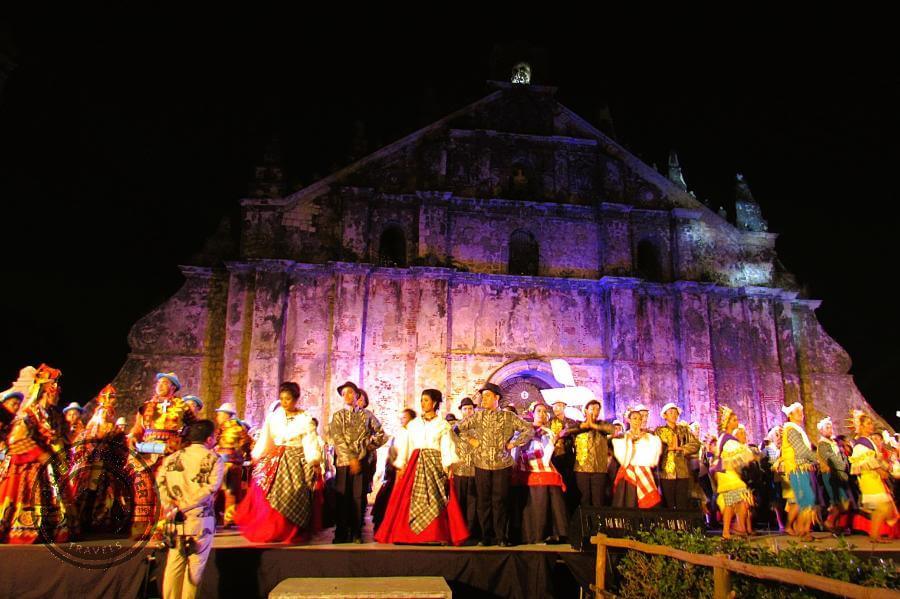
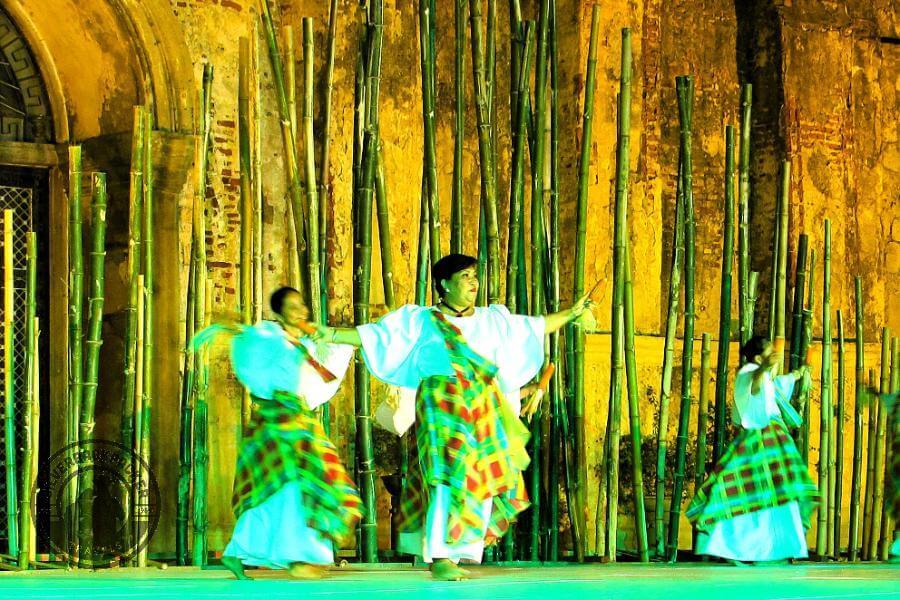

Essential Travel Guides
Guling-Guling Festival
A Celebration of Culture
and Heritage in Paoay
If you enjoyed reading “Guling-Guling Festival – A Celebration of Culture and Heritage in Paoay ” then please share this page with your friends.
Leave a comment below to let me know what you liked best.
Follow Silverbackpacker on Facebook, Instagram ,Twitter and Pinterest for more travel adventures and be notified about my latest posts and updates!
Thankyou for sharing 🙂
Please Note – All blog post photos on Silverbackbacker.com are of a lower quality to enable faster loading and save you data. If you would like to buy or license higher quality copies of any of the photographs you can email us at silverbackpackertravels@gmail.com
All photographs and content on this website remain the property of Silverbackpacker.com. Images may not be downloaded, copied, reproduced or used in any way without prior written consent.
Print purchases entitle the purchaser to the ownership of the image but not to the copyrights of the image which still remain with Silverbackpacker.com even after purchase.
Follow Silverbackpacker for more of his Travels
Facebook @silverbackpacker | Instagram @silverbackpacker
Twitter @silverbackpaker | Pinterest @silverbackpaker
Audere Est Facere – Silverbackpacker.com – To Dare is To Do
Affiliate Disclaimer: Links on this website may be affiliate links that could result in us receiving compensation when you purchase a product or service from that link. You do not pay any extra fees for these items. This helps us to keep this website going. Thank you for your support.
Disclaimer | Privacy Policy | Cookie Statement © All Rights Reserved

